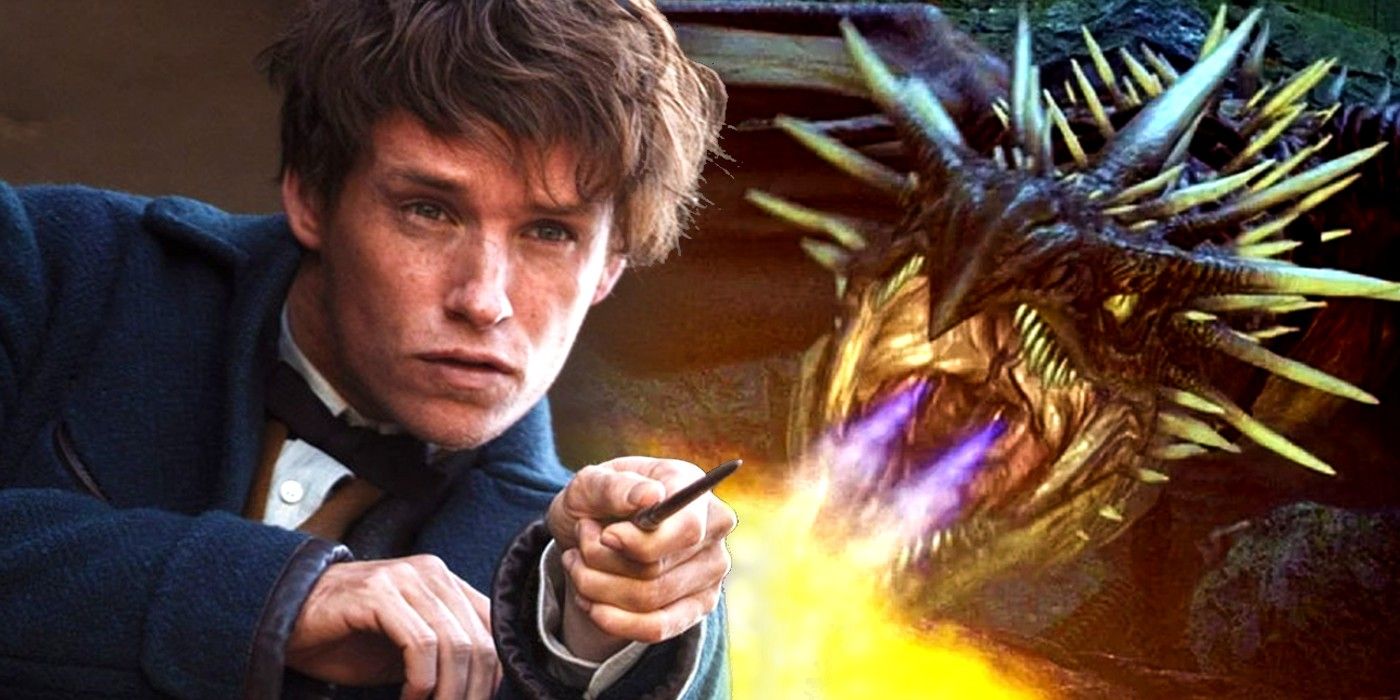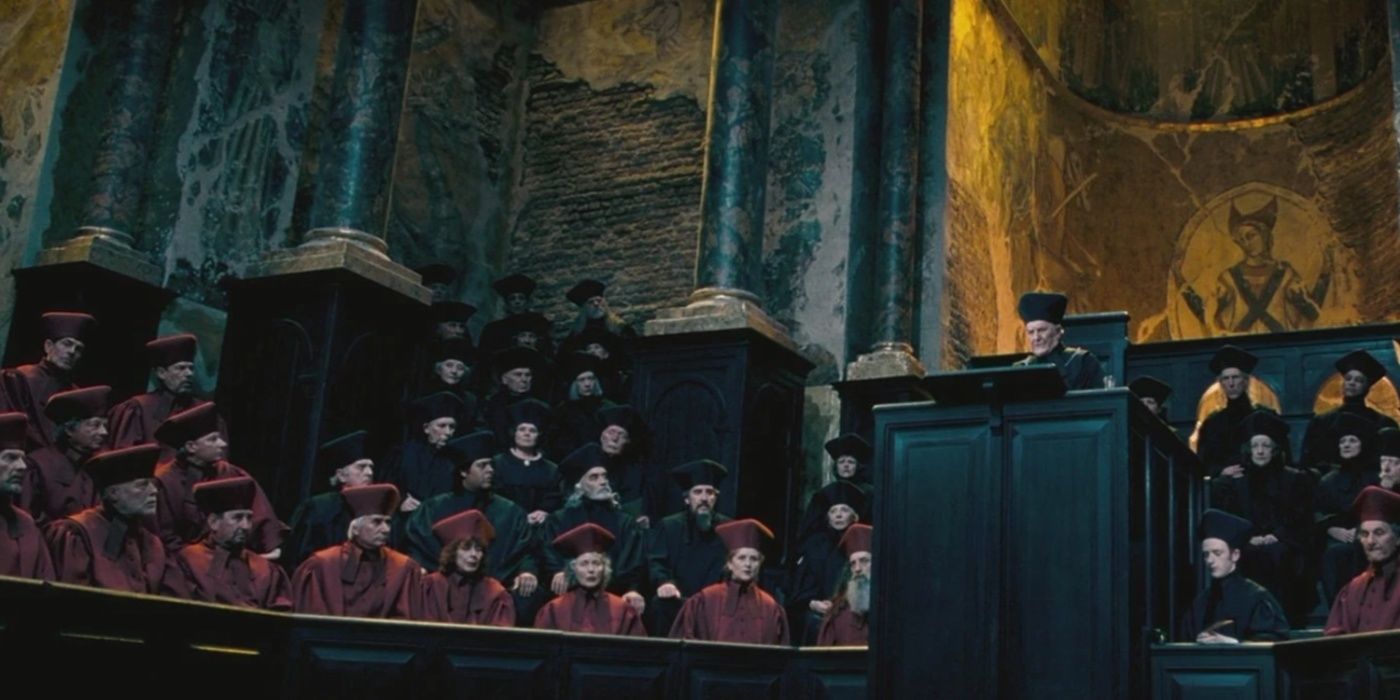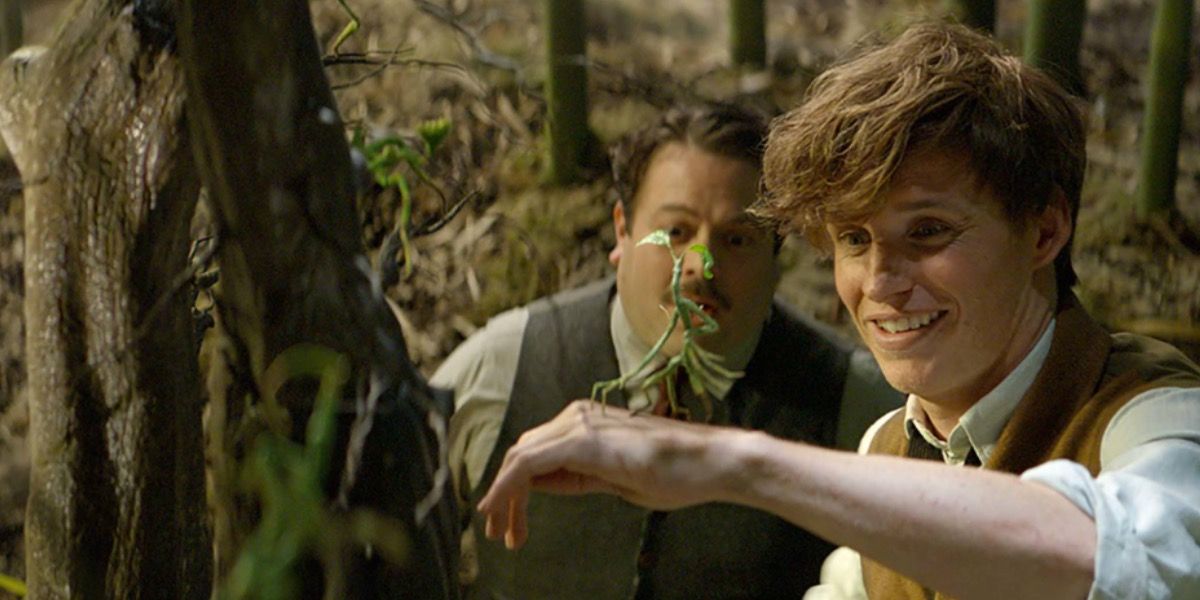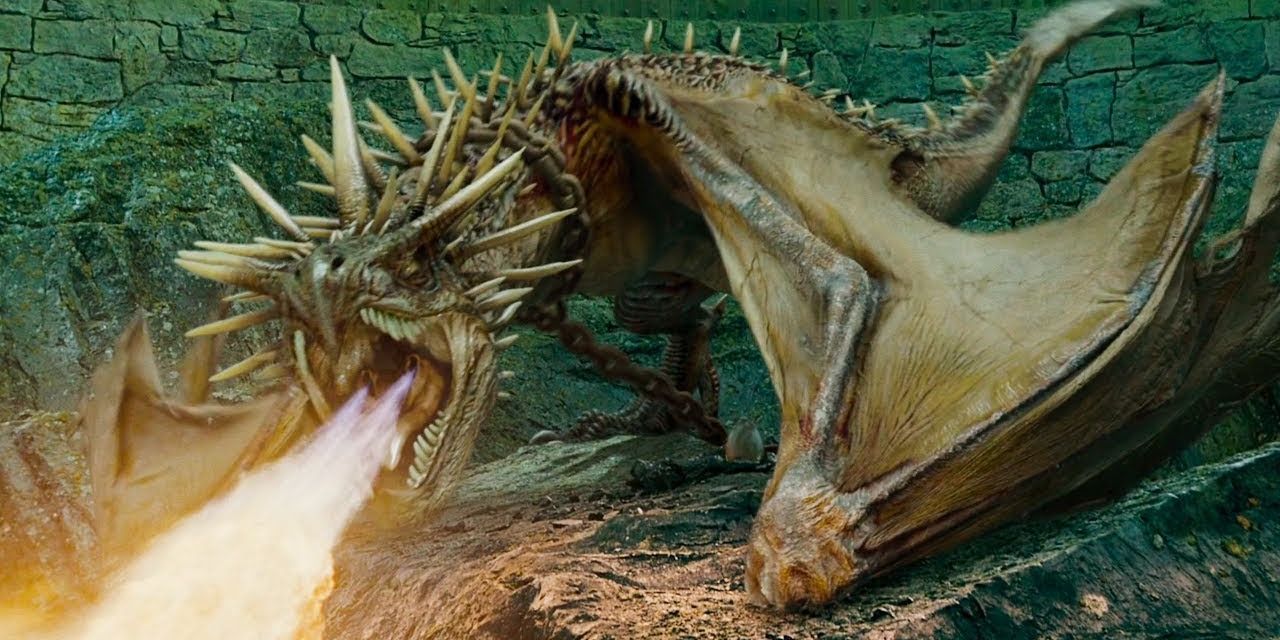It’s important to remember the ongoing controversial statements by the creator of the Harry Potter franchise. CBR supports the hard work of industry professionals on properties fans know and love and the wider world of Harry Potter that fans have adopted as their own. You can find CBR’s continuing coverage on Rowling here.
The incredible creatures that populate the Wizarding World in the Harry Potter and Fantastic Beasts series have always been a highlight. However, being a biologist who has to study them would be a nightmare. Like in real life, the Wizarding World has all kinds of exotic flora, fauna and other organisms that have allowed imaginations to run wild. However, while many fans of Harry Potter dream of a romanticized life of a Herbologist, Magizoologist or other such magical professions, it’s a fantasy they may want to reconsider.
Introduced in the 1997 novel Harry Potter and the Philosopher’s Stone (also known as Harry Potter and the Sorcerer’s Stone), the Wizarding World represented a secret civilization beyond the mundane where magic is the norm, and the people who utilize it seek refuge from those who might persecute them. With the Harry Potter series featuring werewolves, dragons and other mythological monsters, in 2001, author J.K. Rowling expanded upon them in the companion book Fantastic Beasts and Where to Find Them. Receiving a cinematic adaptation, Fantastic Beasts and Where to Find Them explored the world beyond Hogwarts and the incredible life of the book’s fictional author, Magizoologist Newt Scamander, allowing audiences to experience the Wizarding World like never before.
How Wizarding World Bureaucracy for Biologists Complicates Everything
Similar to the real world, the wizarding civilization has its own laws and government oversight, enforced by organizations like the Ministry of Magic and MACUSA, aimed at safeguarding its magical creatures. Just because Magizoolgists carry a wand, it doesn’t make bureaucratic red tape and regulations disappear. Governments establish laws to promote peaceful co-existence and avoid potential problems for muggles and wizards within the Harry Potter series. However, these laws upheld by magical representatives come with complexities that can undoubtedly challenge even the most patient biologist.
Supervised by bodies like The Department for the Regulation and Control of Magical Creatures within the Ministry of Magic, interactions with magical organisms require diplomatic skill to navigate their intricate roles in the Wizarding World. In J.K. Rowling’s book Fantastic Beasts and Where to Find Them, Scamander details the numerous offices and protocols used by the Ministry of Magic. These protocols involve addressing pests and dangerous creatures, handling convoluted semantics and adhering to formalities when dealing with entities like centaurs, werewolves, merfolk and spirits. Obtaining and citing information can also be complicated due to government censorship. For instance, MACUSA once requested that Scamander’s writings on North American creatures remain redacted, and even today, some beings like the Dukuwaqa (shark shapeshifters) are suspiciously absent from his publication. Unlike the struggle of muggles, who have their own methods, ethics and protocols for studying biology, the Wizarding World adds a layer of complexity due to its intricate politics.
Since its inception, The International Statute of Secrecy has presented wizards and witches with the challenge of determining which magical creatures need protection from muggles. Over time, this responsibility became a significant burden for the entire Wizarding World, as it required ensuring that creatures like dragons remained distanced from muggle civilization. While most magical beings tend to keep to themselves, muggle repelling and disillusionment charms offer some protection, and memory modification can erase any unwanted witnesses; nonetheless, the need for secrecy continues to pose a challenge and an ever-looming threat. The cinematic adaptation of Fantastic Beasts and Where to Find Them imaginatively portrayed the havoc that can ensue when these creatures run wild. While many muggle scientists may dread peer review, they don’t have to fear their papers attracting witch hunters like the New Salem Philanthropic Society.
How Magic Radically Redefines Centuries of Biological Understanding
In the muggle world, many students dedicate years to studying the real-world science behind understanding life and its intricate mechanisms. However, were they to pursue Magizoology or similar fields in the Wizarding World, almost everything they learned would conflict with the lessons taught at Hogwarts. Despite allusions to fields like paleontology and concepts resembling muggle classification systems in Scamander’s book, the Wizarding community’s perception and manipulation of nature seem to disregard fundamental concepts such as evolution, physiology, and conventional science.
Many scientists today utilize Cladistics, a field that studies how organisms relate to each other based on shared traits and common ancestors. While Scamander provides a comprehensive classification of creatures in the Wizarding World, including “beasts,” “spirits” and “beings,” even hinting at a general understanding of relationships among organisms like fairies, merfolk and dragons, for a biologist, attempting to explain the evolutionary lineages responsible for Harry Potter‘s magical plants, beings and other lifeforms would be a challenging endeavor. Magic is, according to Rowling herself, genetic, but even the most passionate biologists would be driven mad trying to determine how many times it evolved independently or naturally, let alone explain the existence of creatures like werewolves, mandrakes and other living things that defy conventional biological understanding due to their perplexing physiology.
Magic also introduces complexities that extend beyond typical breeding and genetic technology. Notable examples from the guide Fantastic Beasts and Where to Find Them include the dismissed notion of spontaneous generation, which applies to creatures like Ashwinders. Some monsters, like Quintapeds, may have originated from humans transfigured by a curse. Then, in a particularly baffling observation, Scamander states that an ordinary amphibian can incubate a chicken egg to create a Basilisk, like the one in Hogwarts’ Chamber of Secrets. Moreover, wizards and witches recognize the existence of souls as an accepted aspect of physiology, demonstrating an advanced understanding of their properties. In many respects, the science of the Wizarding World presents a fascinating subject, positing questions about the perplexing magical phenomena researchers have documented and how their discoveries would reshape muggle textbooks if a biologist were to unravel their secrets.
Why Being a Wizarding World Biologist Would Be Dangerous
In the Wizarding World, professionals like Herbologists, Magizoologists and Healers can specialize in all sorts of creatures and plants, from the mundane Flobberworm to exotic critters like dragons or unicorns. While many Harry Potter fans may fantasize about working with dragons like Charlie Weasley or pursuing endangered beasts like Scamander, the reality of these professions can involve encounters with highly dangerous organisms that few would willingly face. For instance, the Lethifold, a creature resembling a living cloak, is known to prey on people, leaving few survivors. Even common plants, such as the Chinese Chomping Cabbage and the Venomous Tentacula, could make gardening a painful hobby for botanists like Hogwarts’ Professor Sprout, perhaps prompting them to question why they didn’t study Flobberworms instead.
While real-world biologists luckily don’t have to dodge fire-breathing dragons or hide their work from witch-burning muggles like their Wizarding World counterparts, their profession demands tremendous passion, patience and intelligence. Characters like Newt Scamander, Charlie Weasley or even Professor Sprout, while perhaps not as celebrated as Harry Potter, offer a valuable lesson: the world’s greatest battles aren’t always fought against dark forces but rather involve understanding and sharing the wonders of nature.




